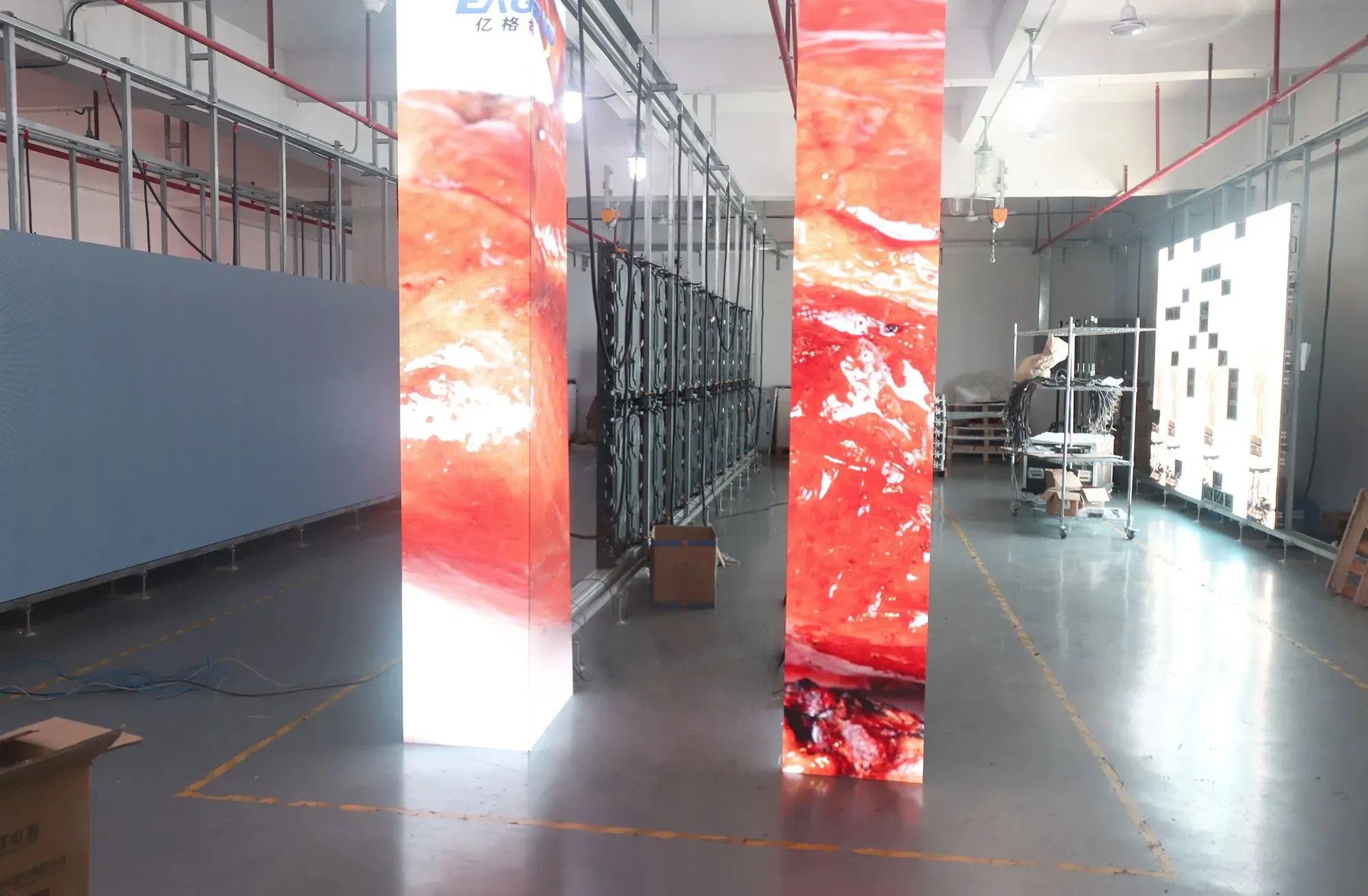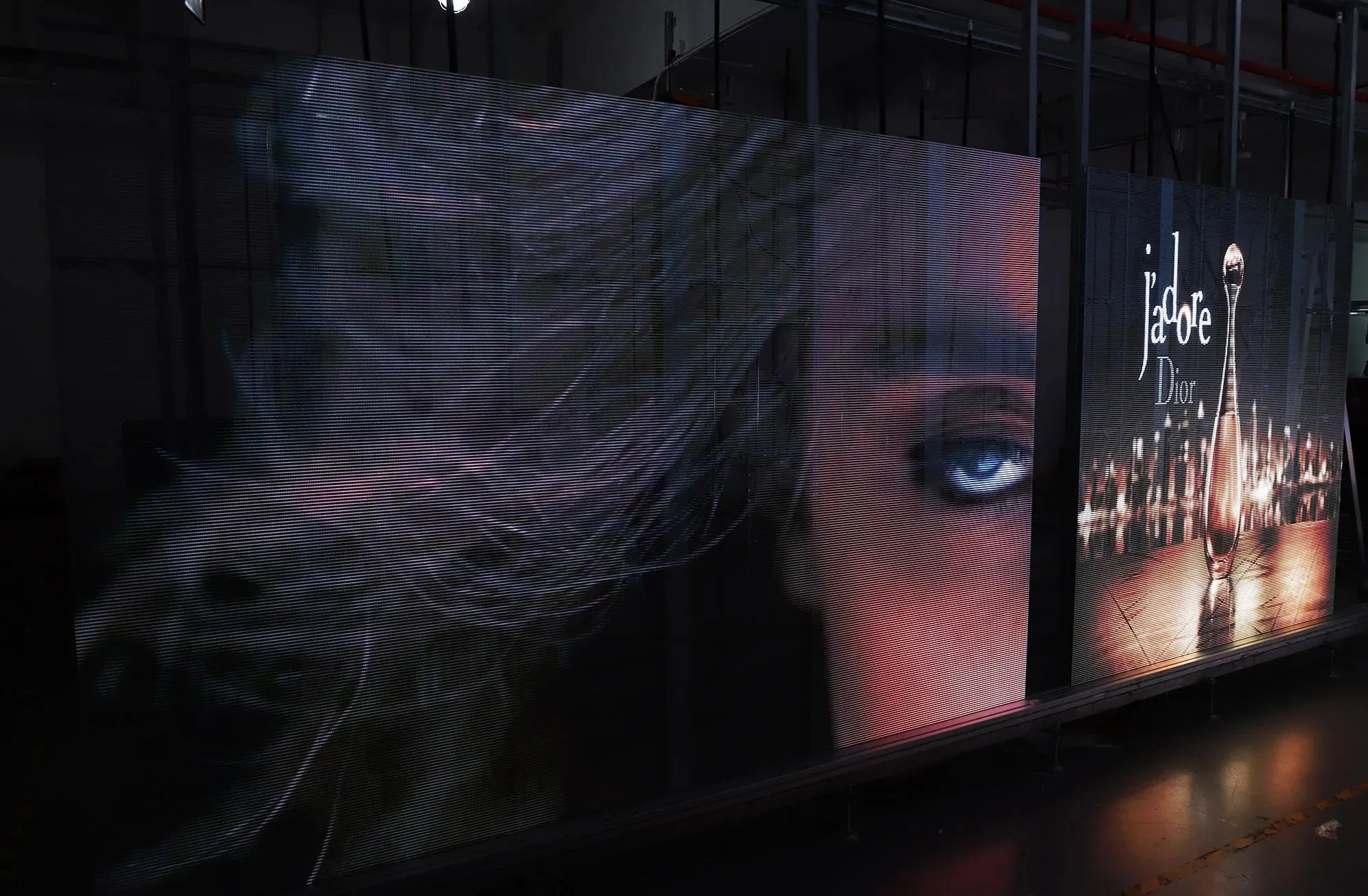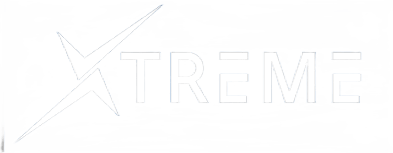2022/11/11

Compared with the traditional TV program display equipment, the advantages of the LED display screen are rich colors, convenient application, and can be flexibly adjusted according to the actual program type and projection requirements. In recent years, with the continuous development of the media industry, the types of TV programs have become more and more abundant, and the requirements for the presentation methods of TV programs have become higher and higher. Therefore, LED displays are more and more widely used in the media industry.

1. At this stage, in many large-scale high-definition studios, LED displays are used as scenes to display program content. For example, indoor LED screens are used as large background screens, circular mobile screens, sky screens, etc., while in some small high-definition studios, LED screens are set at different angles to realize the display of various media materials. It can be said that the application of LED displays in high-definition studios has become the mainstream trend and will become more popular in the future.
2. From the current application scenarios of LED displays in TV high-definition studios, they mainly include speech contests, variety shows, competition programs, awards shows, etc. Different usage scenarios have different application strategies for LED displays. Its advantages mainly include two aspects: on the one hand, the application of LED display also has a strong role. Virtual and flexible, it can not only display media materials, but also serve as lighting equipment; on the other hand, it can display various media materials such as videos, pictures, etc. through the LED display screen, and can also realize split-screen function program playback as needed.

3. With the continuous development and improvement of LED display technology, its application in the TV media industry is becoming more and more extensive. Compared with traditional display equipment, the application of LED displays in high-definition studios can not only greatly enrich the display content and improve the display clarity, but also reduce the difficulty of work in high-definition studios and further promote the improvement of TV programs.



